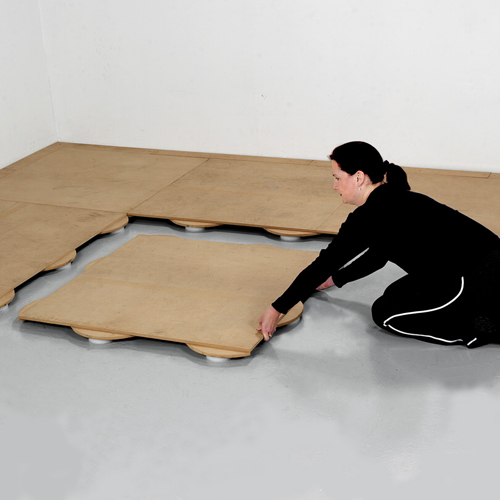Brightening Creativity Through Shade Principles for Light Emitting Diode Dancing Floor Creations
Brightening Creativity Through Shade Principles for Light Emitting Diode Dancing Floor Creations
Blog Article
Color concept represents a important aspect of design, particularly as it comes to creating LED dance floors. The interplay of hues can significantly affect the atmosphere and vibe of a space. Through grasping how colors work together, creators can craft an environment that enhances the total experience for dancers. This piece examines the fundamentals of hue principles and its application in LED dance floor designs.
The main colors are crimson, azure, and golden. These hues cannot created by mixing different colors combined. Secondary colors, such as emerald, orange, and violet, are created by combining primary hues. Tertiary hues are formed by mixing a main color with a intermediate color. Grasping these basic connections helps designers choose hues that complement one another and produce a aesthetically appealing show. Combining these colors on an light-emitting diode dance floor can result to dynamic and stimulating effects that capture the focus of dancers.
Color value also holds a crucial part in design. Colors can be classified as warm or cool. Hot hues, such as red, tangerine, and yellow, tend to elicit emotions of excitement and heat. In opposition, cool hues like azure, green, and purple typically generate a calm and soothing environment. Designers can utilize these hue temperatures to set the ambiance for different types of occasions. For instance, a celebration atmosphere may gain from warm colors that invigorate the audience, while a more calm event might employ chill colors to provide a soothing influence.
In furthermore to color pairings and value, brightness and saturation are essential factors to take into account. Brightness refers to how bright or dim a color appears, while saturation measures the vividness of a color. Bright, intense hues can create a lively and energetic atmosphere, perfect for dance surfaces. On the contrary hand, softer, lower intense colors can create a further subdued atmosphere. Through adjusting luminosity you can check here and saturation, designers can attract focus to specific areas of the dance floor or establish visual pathways, guiding dancers through the space.
Ultimately, it is essential to consider the emotional effects of hue in helpful resources LED dancing floor layouts. Various colors can evoke different feelings and responses. For instance, red is frequently associated with passion and energy, while azure can be calming and tranquil. Understanding these associations enables designers to tactically use colors to affect the behavior of participants. By integrating color principles into LED dancing surface designs, designers can enhance the total encounter, rendering it unforgettable and pleasurable for all participating.